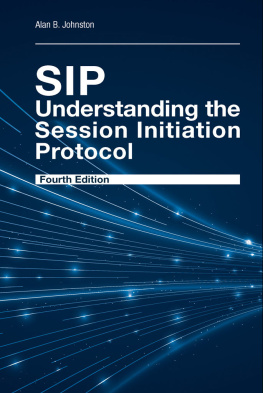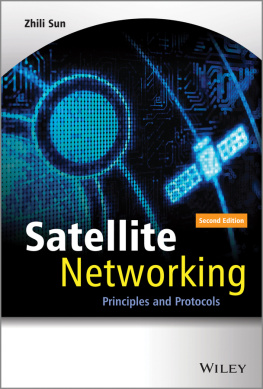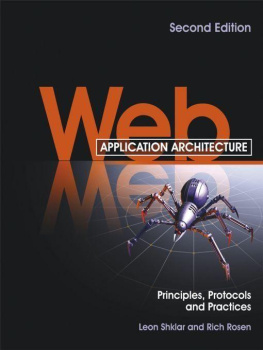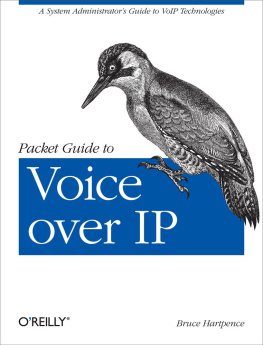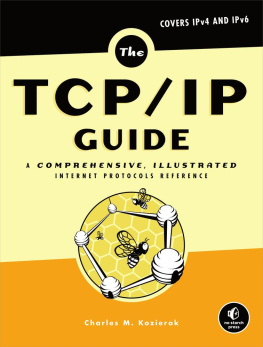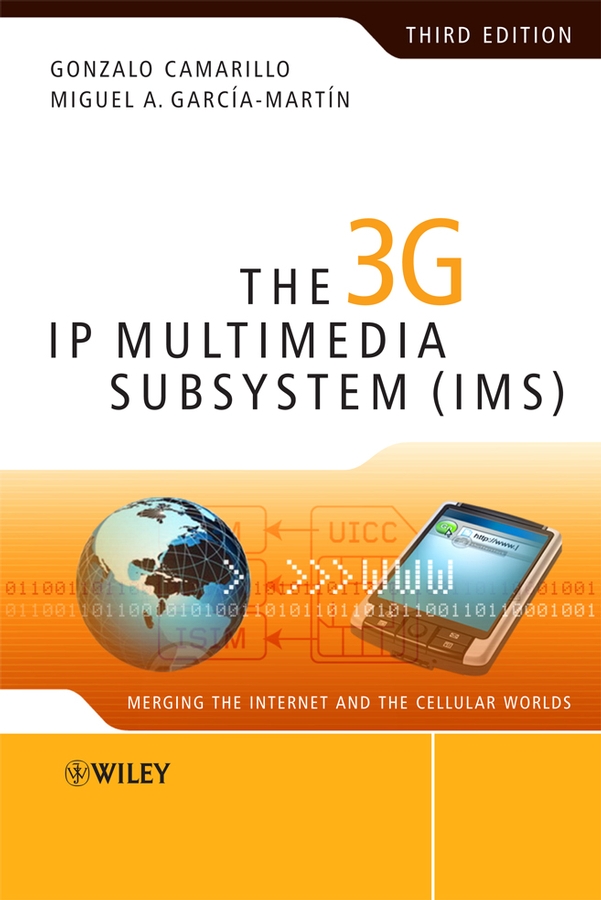
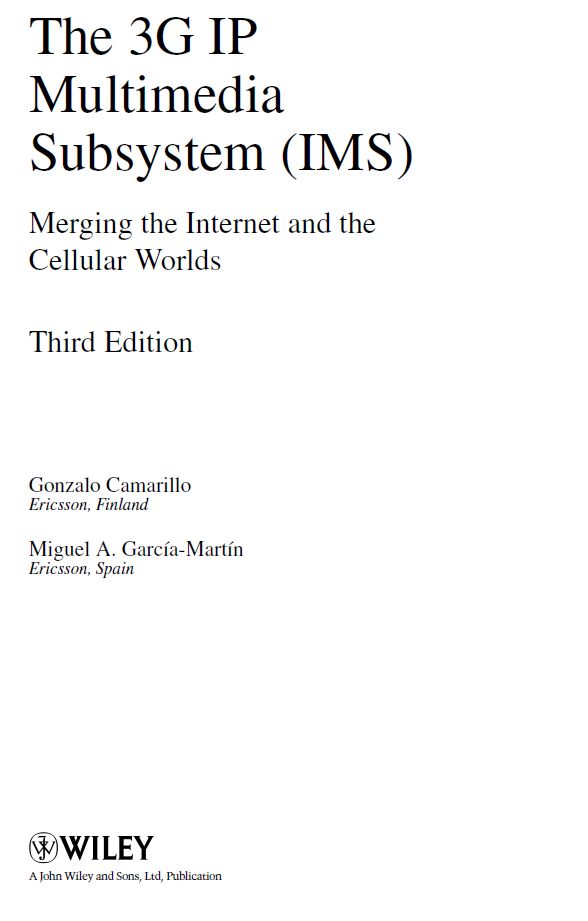
This edition first published 2008
2008 John Wiley & Sons Ltd
First edition first published 2004 2004 John Wiley & Sons Ltd
Second edition first published 2005 2005 John Wiley & Sons Ltd
Registered office
John Wiley & Sons Ltd, The Atrium, Southern Gate, Chichester, West Sussex, PO19 8SQ, United Kingdom
For details of our global editorial offices, for customer services and for information about how to apply for permission to reuse the copyright material in this book please see our website at www.wiley.com.
The right of the author to be identified as the author of this work has been asserted in accordance with the Copyright, Designs and Patents Act 1988.
All rights reserved. No part of this publication may be reproduced, stored in a retrieval system, or transmitted, in any form or by any means, electronic, mechanical, photocopying, recording or otherwise, except as permitted by the UK Copyright, Designs and Patents Act 1988, without the prior permission of the publisher.
Wiley also publishes its books in a variety of electronic formats. Some content that appears in print may not be available in electronic books.
Designations used by companies to distinguish their products are often claimed as trademarks. All brand names and product names used in this book are trade names, service marks, trademarks or registered trademarks of their respective owners. The publisher is not associated with any product or vendor mentioned in this book. This publication is designed to provide accurate and authoritative information in regard to the subject matter covered. It is sold on the understanding that the publisher is not engaged in rendering professional services. If professional advice or other expert assistance is required, the services of a competent professional should be sought.
Library of Congress Cataloging-in-Publication Data
Camarillo, Gonzalo.
The 3G IP multimedia subsystem (IMS): merging the Internet and the cellular worlds/Gonzalo Camarillo, Miguel A. Garca-Martn. 3rd ed.
p. cm.
Includes bibliographical reference and index.
ISBN 978-0-470-51662-1 (cloth)
1. Wireless communication systems. 2. Mobile communication systems. 3.
Multimedia communications. 4. Internet Protocol multimedia subsystem. I.
Garca-Martn, Miguel A. II. Title.
TK5103.2.C35 2008
621.384dc22
2008022139
To my parents, Anselmo and Isabel; my brothers, Alvaro, Daniel, and Ignacio; and Viviana. They all are a source of energy and motivation in everything I do.
Gonzalo
To my daughter Maria Elizabeth, who was born at the time I started writing this book she is the sunshine of my life; my wife Jelena, who provided me with all the support and love I needed; my parents, Jos and Mari-Luz, my aunt Feli, my brother Javier Jos who, through the distance, encouraged and supported me during this project.
Miguel Angel
Foreword by Stephen Hayes
3GPP, or the Third Generation Partnership Project, was formed in late 1998 to specify the evolution of GSM into a third generation cellular system. Although much focus was placed on new higher bandwidth radio access methods, it was realized that the network infrastructure must also evolve in order to provide the rich services capable of taking advantage of higher bandwidths. The original GSM network infrastructure was very much circuit- and voice-centric. Although data capabilities were added over time the system retained much of its circuit-switched heritage and its inherent limitations. A new approach was needed.
IMS, or the IP Multimedia Subsystem, represented that new approach. The development of IMS was very much a collaborative effort between the leading cellular standards organization (3GPP) and the leading Internet standards organization (IETF). IETF provided the base technology and protocol specifications, while 3GPP developed the architectural framework and protocol integration required to provide the capabilities expected of a world-class mobile system, such as inter-operator roaming, differentiated QoS, and robust charging.
Since the initial specification of IMS, IMS has been adopted by 3GPP2 (the other major cellular standards organization) and it is the leading contender as the base of the ITU work on Next Generation Networks. In the upcoming decades an understanding of IMS will be as important and fundamental for the well-rounded telecom engineer as ISUP knowledge was in previous decades.
IMS is a system. It is designed to provide robust multimedia services across roaming boundaries and over diverse access technologies. To understand IMS, you must understand the underlying protocols and how IMS uses them within its architectural framework. This book facilitates that understanding by explaining first the underlying protocols, such as SIP, and then explaining how IMS makes use of those protocols. This approach allows the user to easily grasp the complex relationship between the protocols and entities as developed in the IETF and their usage and extensions as defined in IMS.
The two authors are uniquely qualified to explain not just the inner workings of IMS but also the rationale and tradeoffs behind the various design choices. Miguel Angel Garca-Martn was and still is a key contributor within 3GPP. He was one of the principal designers of IMS and authored the initial protocol requirements draft as well as other 3GPP-specific SIP drafts and RFCs. Gonzalo Camarillo was similarly a key contributor within IETF, where he is currently a SIPPING WG co-chair. He has written many RFCs that are key components of IMS. Both authors have been involved with IMS since its inception and do a good job of explaining not only what IMS is but also how it came to be.
Stephen Hayes
Chair 3GPP Core Network
Foreword by Allison Mankin and Jon Peterson
The Session Initiation Protocol (SIP) is one of the most active initiatives underway in the Internet Engineering Task Force (IETF) today. While the IETF has standardized a number of Internet applications that have turned out to be quite successful (notably, email and the web), few efforts in the IETF have been as ambitious as SIP. Unlike previous attempts to bring telephony over the Internet, which relied extensively on the existing protocols and operational models of the Public Switched Telephone Network (PSTN), SIP elected to use the best parts of email and web technology as its building blocks, and to construct a framework for establishing real-time communication be it voice, video, instant messaging, or what have you that is truly native to the Internet.
SIP is a rendezvous protocol a protocol that allows endpoints on the Internet to discover one another and negotiate the characteristics of a session they would like to share. It converges on the best way for users to communicate, given their preferences, and the capabilities of devices they have at their disposal. Even though it establishes sessions over numerous communications media, it allows policies and services to be provided at the rendezvous level, which greatly simplifies the way end-users and operators manage their needs.
This approach has garnered the attention of almost all of the major vendors and service providers interested in telephony today. But the adoption of SIP by 3GPP has been a special, definitive success for SIP in the global marketplace. 3GPP promises to place SIP firmly in the hands of millions of consumers worldwide, ushering in a whole new paradigm of Internet-based mobile multimedia communications. The IP Multimedia Subsystem (IMS) of 3GPP is the core of this strategy, and it is a SIP-based core.
Next page


